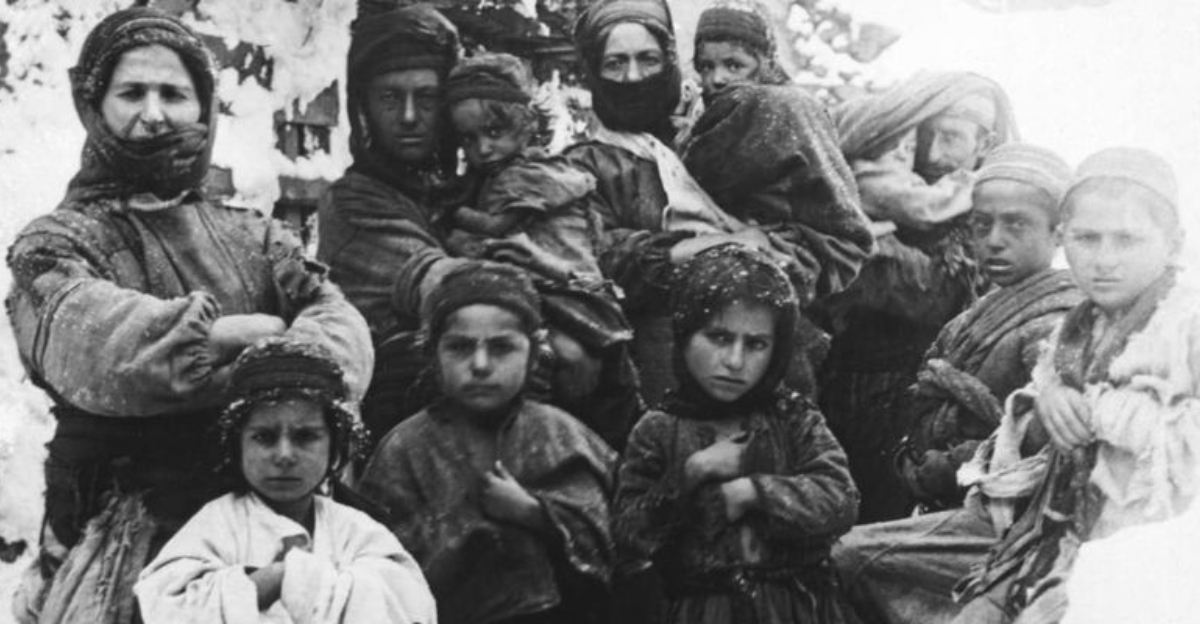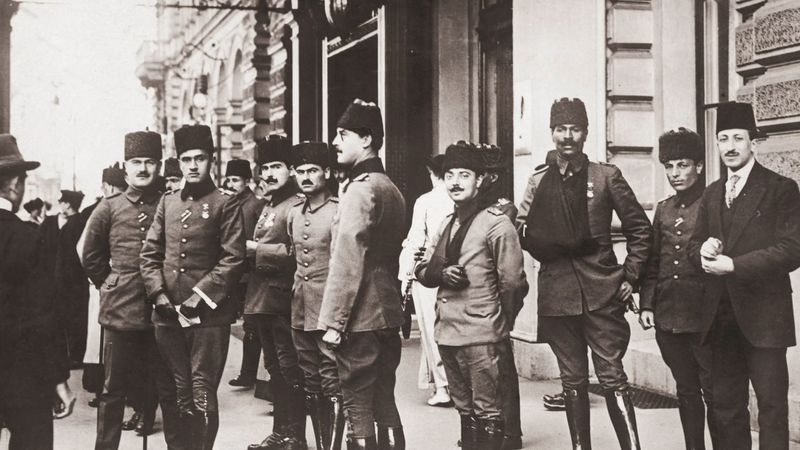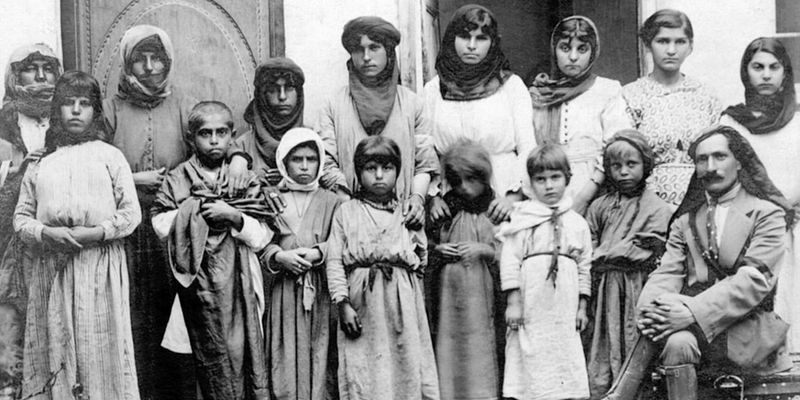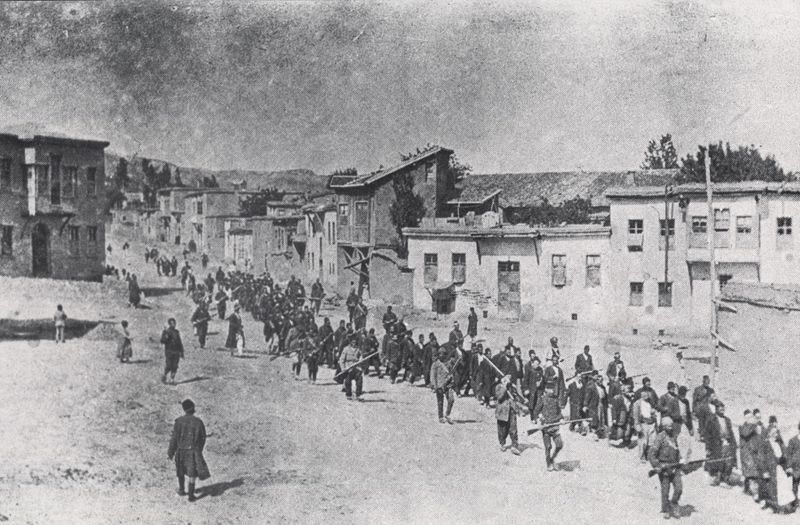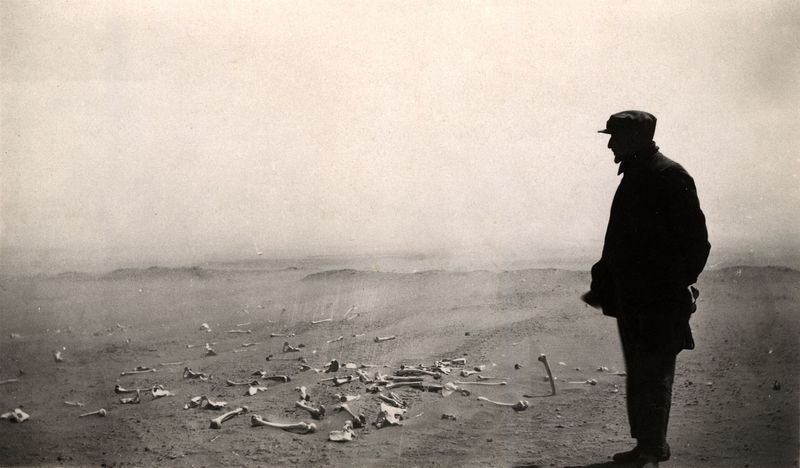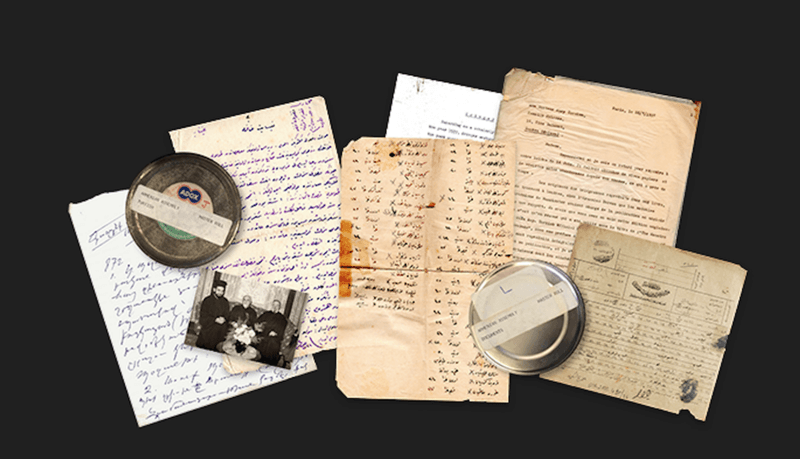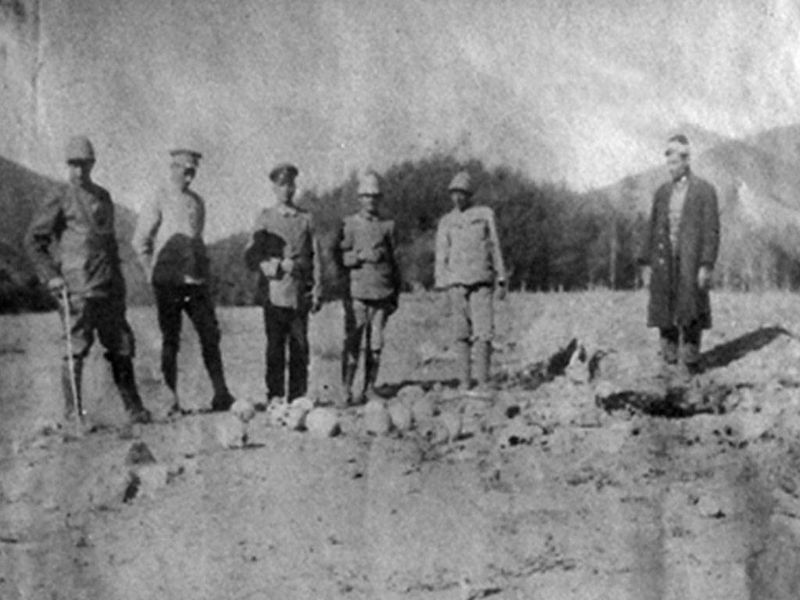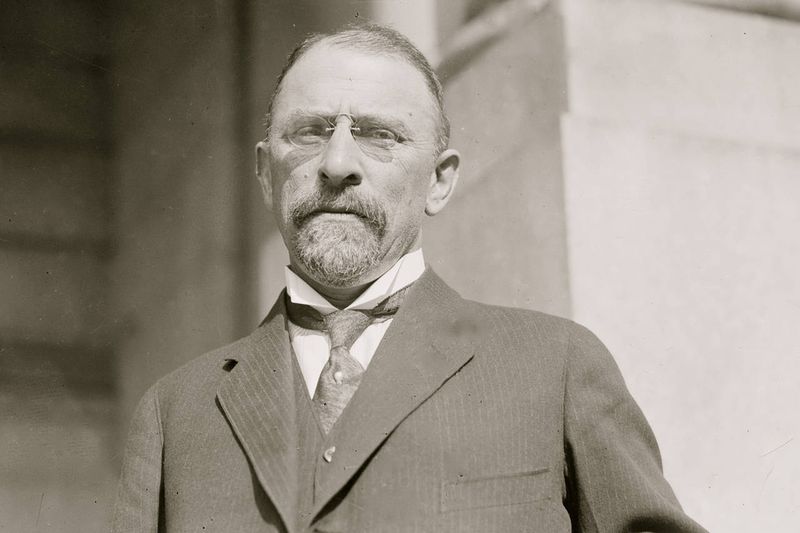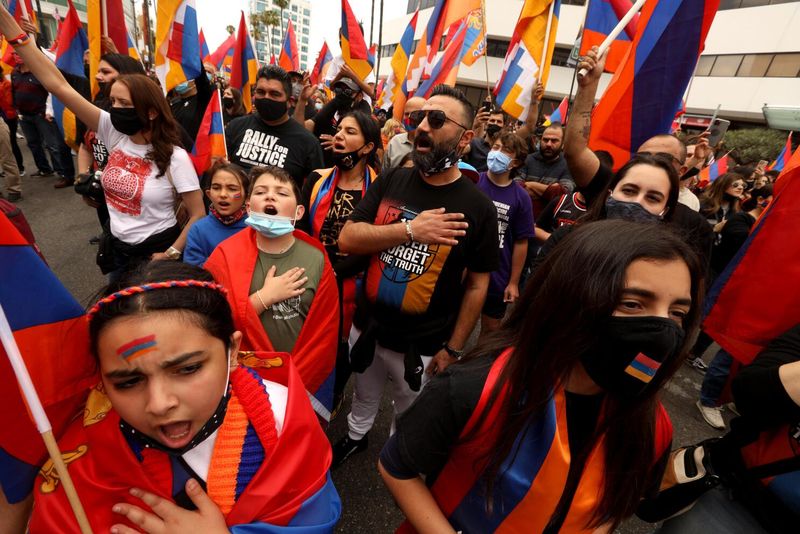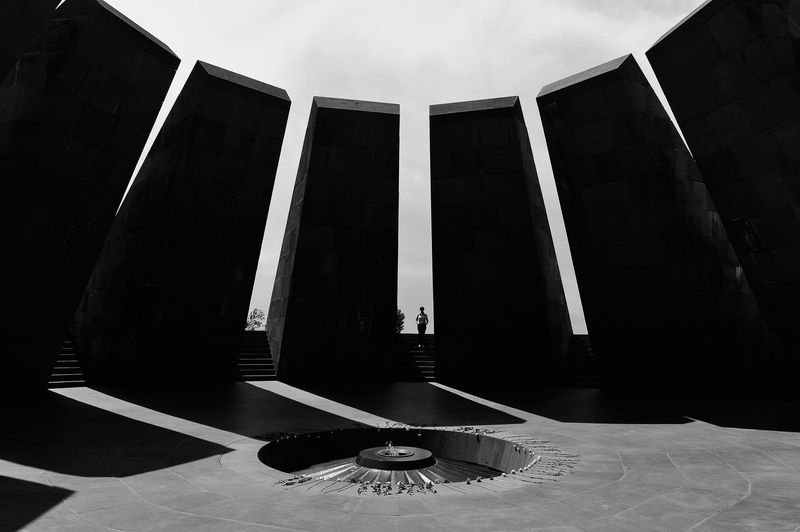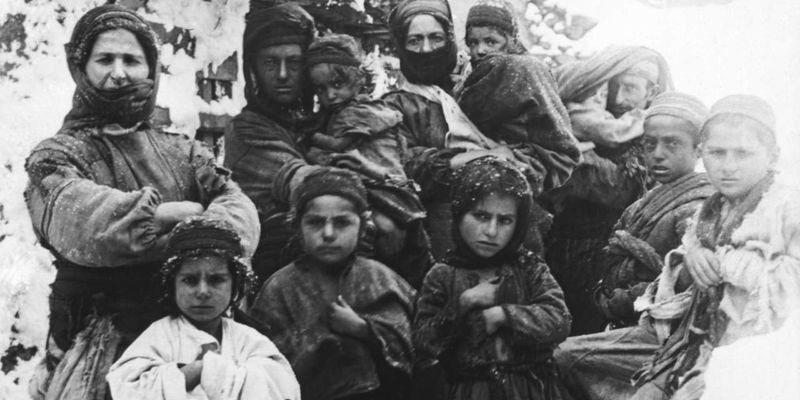The Armenian Genocide, often referred to as the ‘Forgotten Holocaust of WWI,’ was a catastrophic event that led to the systematic extermination of 1.5 million Armenians by the Ottoman Empire from 1915 to 1922. This blog post delves into the origins, implementation, aftermath, and lasting impact of this tragic chapter in history.
1. The Origins: A Targeted Minority
Armenians, a Christian minority in the Muslim-majority Ottoman Empire, faced long-standing persecution. As the empire’s influence waned, the nationalist Young Turks rose to power, blaming Armenians for internal strife. Labeling them as a threat, they perpetuated discrimination. The Young Turks, driven by xenophobic ideologies, saw Armenians as scapegoats for the empire’s decline. This unfounded blame laid the groundwork for the horrific events to follow, as Armenians were increasingly marginalized and vilified. The political climate became charged with tension, setting the stage for what would become one of history’s darkest periods.
2. The Trigger: World War I
World War I provided the Ottoman government with an opportunity to execute their plans against Armenians. In 1915, under the guise of war efforts, mass deportations and executions began. The Ottomans accused Armenians of collaborating with Russia, leveraging this false claim to justify their atrocities. This period marked the beginning of systematic extermination, as Armenians were forcibly removed from their homes. The international community was largely preoccupied with the war, allowing these heinous acts to unfold with minimal interference. The war, therefore, served as both a cover and a catalyst for genocide.
3. Death Marches & Massacres
Armenians were subjected to brutal death marches, forced into the Syrian Desert with no sustenance. Many died from starvation, disease, or exhaustion. Those unable to continue were often shot or left to die. Others faced gruesome fates, including being burned alive or drowned. The Ottomans systematically eradicated entire communities, aiming to leave no trace of Armenian life. Survivors recount horrific tales of suffering, as families were torn apart and lives were destroyed. The death marches epitomize the cruelty of the genocide, highlighting the calculated efforts to annihilate the Armenian populace.
4. Concentration Camps & Killing Sites
The Ottomans established approximately 25 concentration camps, including the infamous Deir ez-Zor in Syria. Here, countless Armenians perished under inhumane conditions. Mass graves, some undiscovered for decades, testify to the scale of atrocities committed. These camps were sites of unimaginable suffering, where starvation and disease were rampant. Survivors describe the horrific conditions and the constant threat of death. The camps were a grim testament to the Ottoman regime’s intent to systematically eliminate the Armenian people, leaving behind a legacy of trauma and loss that echoes through generations.
5. Systematic Execution Orders
Secret telegrams, later used as evidence, reveal how Ottoman leaders orchestrated the genocide. Talaat Pasha, one of the primary architects, issued orders for mass killings. These documents highlight the premeditated nature of the atrocities. Despite their roles in these heinous acts, key figures like Talaat faced no justice. The impunity enjoyed by these leaders contributed to the continued denial and minimization of the genocide’s impact. The systematic nature of these orders underscores the Ottoman government’s intent to eradicate the Armenian population, an intent meticulously documented in these chilling communiqués.
6. The Role of Local Collaborators
Local collaborators, including Kurdish militias and Ottoman soldiers, played significant roles in the genocide. Civilians, sometimes coerced, participated in massacres, betraying their Armenian neighbors. In some cases, Armenians were forced to convert to Islam to escape death. These local dynamics added layers of complexity to the genocide, as communities were torn apart by violence and betrayal. The involvement of local actors illustrates how deeply entrenched animosities were exploited by the Ottoman regime. This participation not only facilitated the genocide but also left indelible scars on the social fabric of the region.
7. Eyewitness Accounts & Foreign Diplomats
Eyewitnesses, including diplomats like Henry Morgenthau Sr., documented the genocide’s horrors. Morgenthau, the U.S. Ambassador, labeled it a “campaign of race extermination.” His reports provided crucial evidence of the atrocities. Survivor testimonies, recounting rape and torture, further illustrate the genocide’s brutality. Many children were kidnapped, forcibly assimilated into Turkish society. These accounts form a vital part of the historical record, offering insights into the experiences of those who lived through the genocide. They serve as a powerful reminder of the need for vigilance against such horrors in the future.
8. The Aftermath: Denial & Diaspora
The aftermath of the genocide saw Armenians scattered worldwide, forming vibrant diaspora communities. The Turkish government’s denial of the genocide, calling it a “civil war,” remains contentious. This denial adds to the pain of survivors and descendants, obstructing reconciliation. The diaspora, while thriving, is a testament to the loss of homeland and culture. Armenian communities in Lebanon, France, the U.S., and Russia preserve traditions and continue to seek justice. The genocide’s legacy is felt in these communities’ resilience and their ongoing struggle for recognition and acknowledgment of their suffering.
9. Recognition & Justice
Recognition of the Armenian Genocide is a contentious international issue. As of 2021, 33 countries, including the U.S., officially recognize it. Turkey, however, continues to deny the genocide, pressuring allies like Azerbaijan to follow suit. This denial has significant geopolitical implications, influencing diplomatic relations and international policy. Recognition efforts aim to honor victims and prevent future atrocities, highlighting the importance of historical truth. The struggle for recognition underscores the ongoing impact of the genocide, as descendants seek justice and acknowledgment of their ancestors’ suffering.
10. Why It Matters Today
The Armenian Genocide set a precedent for future atrocities, influencing the development of the term “genocide” by Raphael Lemkin. It serves as a grim reminder of humanity’s capacity for violence. The unresolved trauma continues to impact modern conflicts, such as the 2020 Nagorno-Karabakh war. Understanding this history is crucial for preventing future genocides and fostering reconciliation. The genocide’s legacy underscores the importance of recognizing and addressing past injustices. By acknowledging these events, the international community can work towards healing and ensuring that such horrors are never repeated.
